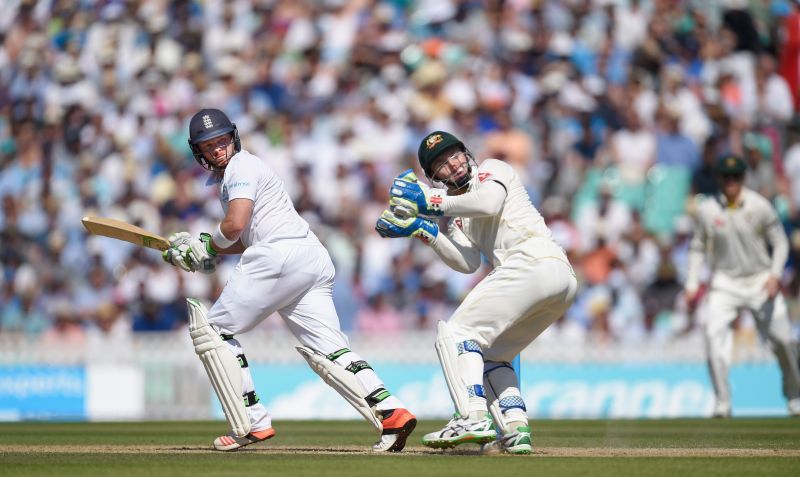
The best English Test XI from 1990-2020
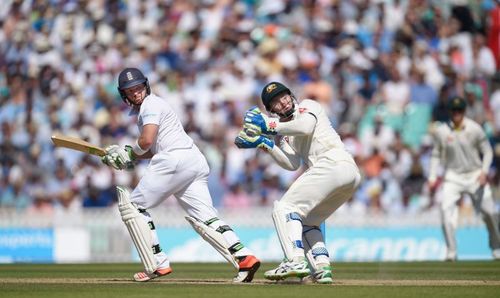
England, the country which gave the game of cricket to the world, hasn't always been blessed with the best talent. Although there have been several decent English cricketers in the past, there weren't too many world-class ones before 1990 (leaving aside Sir Ian Botham, Geoffrey Boycott and the like).
Unsurprisingly, England didn't win too many series in that time, nor were they contenders for most international competitions.
Things changed after the start of the 90s, and even more so in the new millennium with the advent of the T20 era. England started winning a fair bit, and their resurgence was highlighted by the 2005 Ashes where they beat a high-quality Australian team 2-1.
The Three Lions won their first ICC competition at the 2010 World T20. They then became the world champions in one-day cricket with their triumph at the 2019 ICC Cricket World Cup.
Their Test returns have improved too, and in this article we shall take a look at the players that would form the best Test XI from 1990 to 2020.
Openers
Alastair Cook
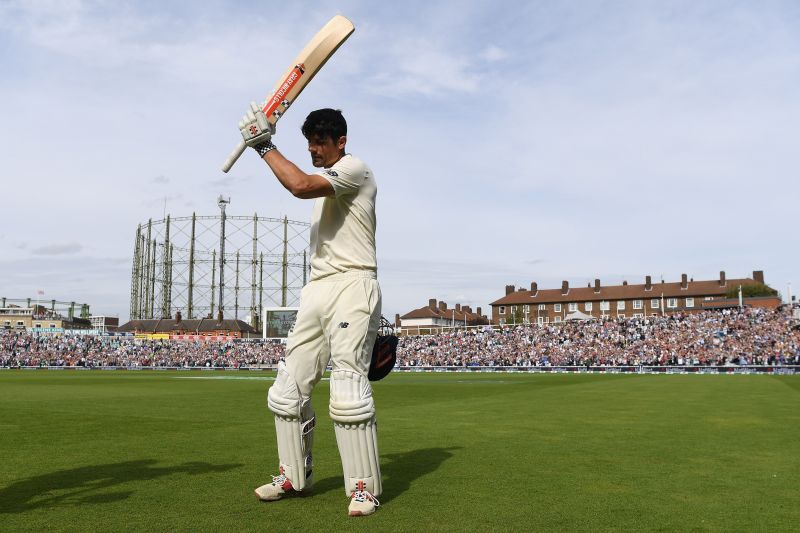
One of the best opening batsmen to have ever played the game, Sir Alastair Cook walks into this England side easily. In the 161 Tests he played, Cook scored 12,472 runs at an average of 45.35; he was the rock of the English Test side for much of the 2000s and 2010s.
Cook's sheer doggedness and ability to weather the new ball by blocking for hours enabled him to become hugely successful in the longest format.
He has 33 Test centuries and 57 half-centuries to his name, with a highest score of 294. The left-hander was named the player of the series during the 2010-11 Ashes, which he ended with a staggering 766 runs.
Cook marked his entry in Test cricket with a century on debut against India at the VCA Stadium in Nagpur. Funnily enough, he ended his career the same way - with a century against India in 2018.
Mike Atherton
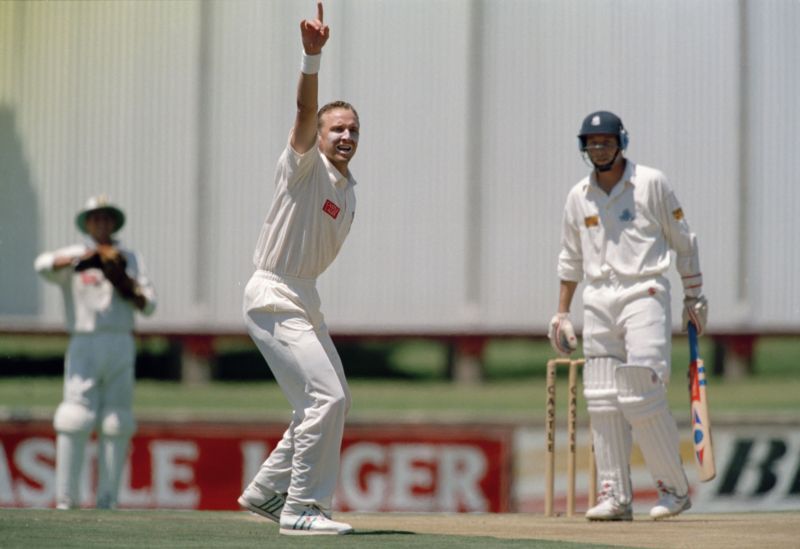
Opening alongside Cook in this side will be Mike Atherton. Fondly called 'Athers' or even 'Cockroach', Atherton has had a fairly successful career as a commentator after retiring from cricket in 2001.
Atherton made his debut in the 1989 Ashes against Australia at Trent Bridge in Nottingham. Famed for his defensive approach and risk-averse batting, Atherton aggregated 7,728 runs in the 115 Tests he played.
He was a gutsy and stubborn cricketer who would never throw his wicket away easily. In essence, he was a traditional player in the mold of the classical English openers.
Atherton was also England captain for from 1993 to 1998.
Upper middle order (Numbers 3 and 4)
Michael Vaughan
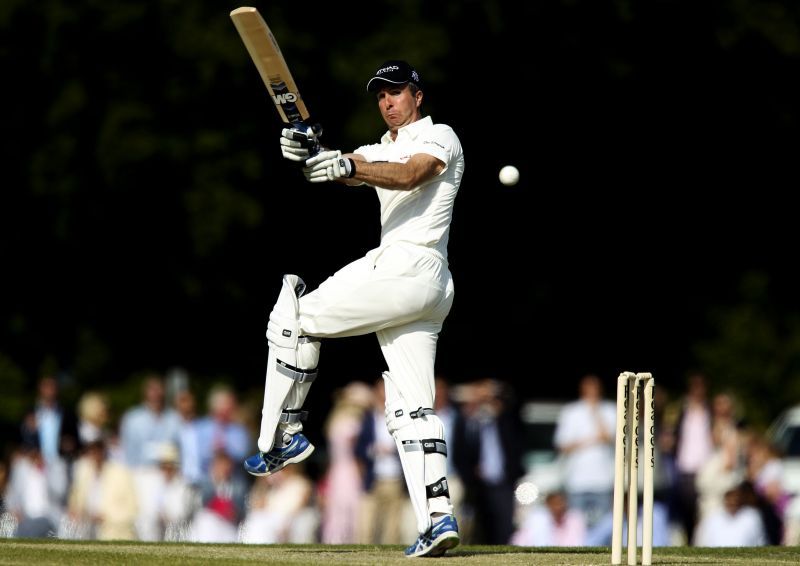
Former England captain Michael Vaughan will bat at number three in this team.
One of the most technically correct No. 3 batsmen England has had in recent memory, the Yorkshireman amassed 5,719 runs in his 82 Tests at an average of 41.44. Vaughan scored 18 Test centuries and an equal number of half-centuries.
He was one of England's greatest captains too; it was Vaughan who led the 2005 Ashes-winning side. Naturally then, he has been selected to lead this side.
Under Vaughan, England won 26 Tests from 2003 to 2008 and lost only 11. He has an impressive win percentage of 50.98 as captain.
Kevin Pietersen
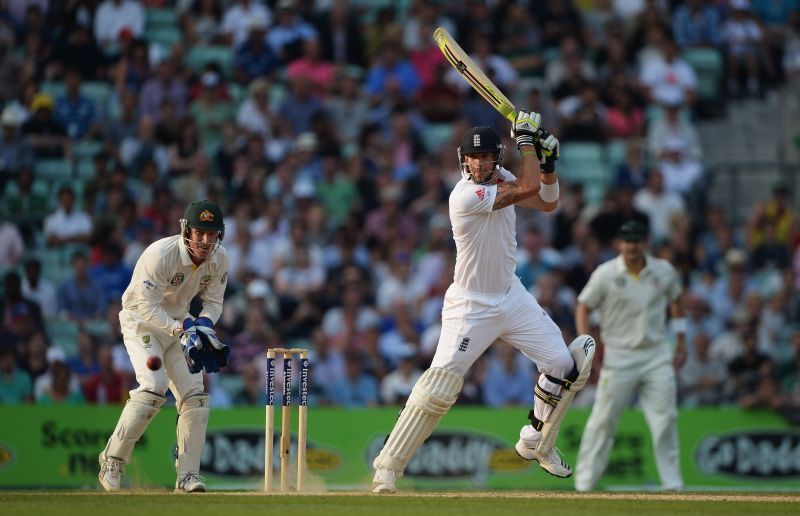
How can someone possibly leave Kevin Pietersen out of this list? A player who defined his generation, Pietersen captured the cricket-loving public's hearts with his unique brand of batting.
The South Africa-born batsman burst onto the international scene in the 2005 Ashes when he took on the great Shane Warne at The Oval with a stroke-filled 158. The innings made him an instant crowd favorite and catapulted him to super-stardom.
The flamboyant Pietersen's career, which ended in 2014 after less than nine years at the international level, was filled with controversies. But the 8,181 runs he scored in 104 Tests puts him up there with some of the best batsmen to have played for England.
Pietersen's batting was like a breath of fresh air amongst a team filled with conservative players. He was not afraid to take on the opposition and give it back to them through blazing counter-attacks.
Pietersen was also England's captain for a short period of time.
Middle order (Numbers 5 and 6)
Ian Bell
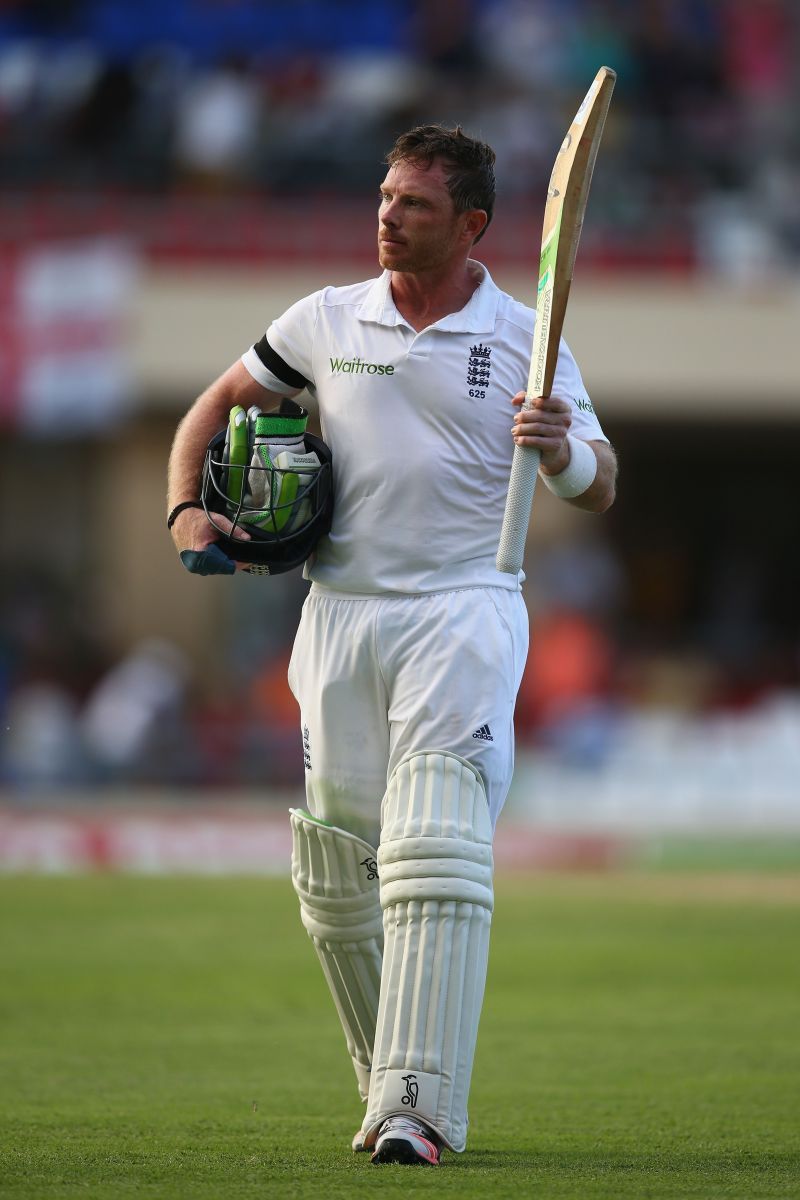
The elegant Ian Bell merits a place in this list on the back of the 7,727 runs he scored in his 118 Tests.
One of the most classical batsmen to have played the game this century, the Warwickshire player is a technically correct player whose cover drives are a thing of beauty. He has not retired from the game yet, but the England selectors haven't considered him for a while now.
Bell is an artistic player who evokes emotions of joy among those who watch him bat. One of the members of the victorious 2005 Ashes team, he was conferred with the MBE that same year.
Bell is also among the very few cricketers to have scored a century against all Test playing nations (excepting Ireland and Afghanistan, who were given Test status recently).
Andrew Flintoff
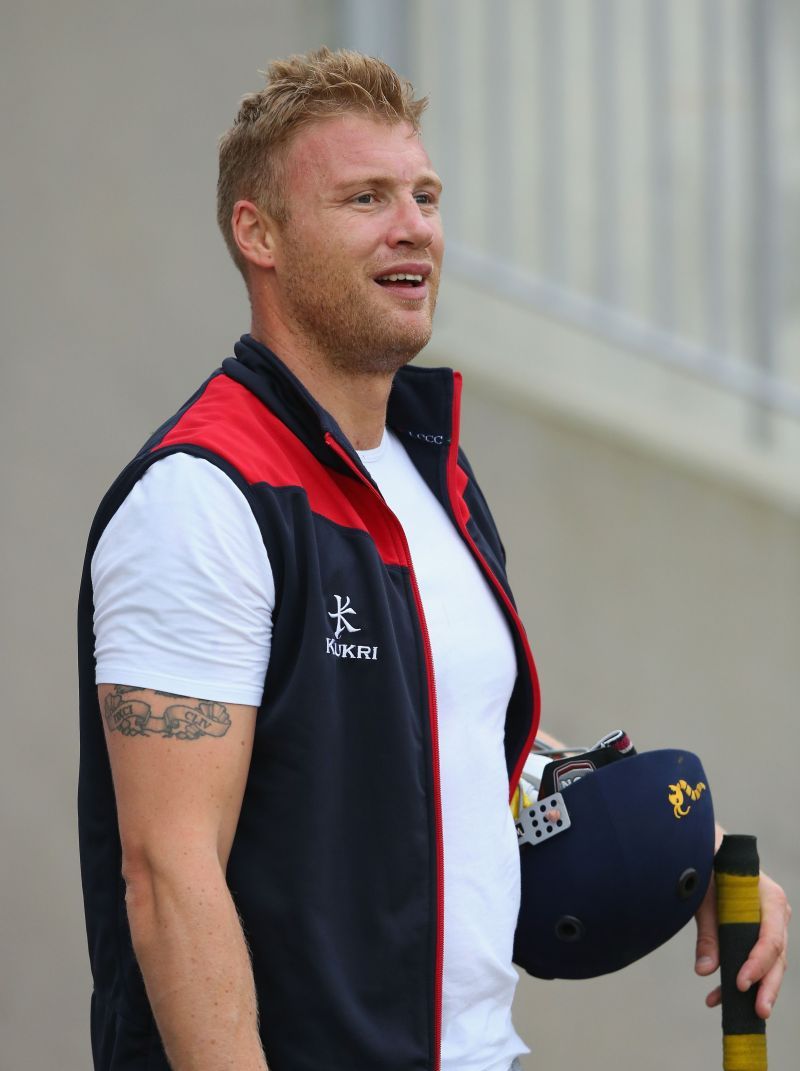
Andrew Flintoff was among the best all-rounders in the world when he played.
Hailed as England's finest since Botham, Flintoff made his debut in 1998 against South Africa at Trent Bridge. He finished with 3,845 runs in 79 Tests at an average of 31. To go with that Flintoff also scalped 226 Test wickets, including three five-wicket hauls.
Infamous for being the man who led England in their 5-0 whitewash against Australia during the 2006 Ashes series, Flintoff the captain was not quite in sync with what the team needed at the time. A host of injuries eventually ended his Test career prematurely in 2009.
Wicketkeeper (Number 7)
Alec Stewart
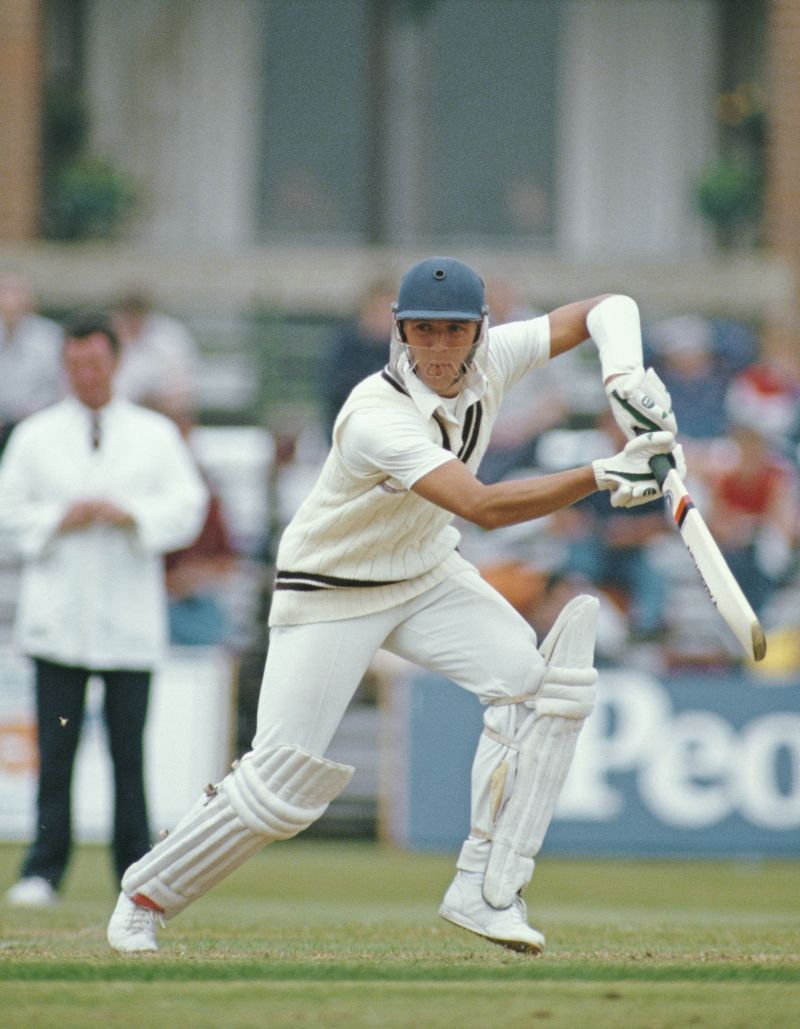
Former England captain Alec Stewart edges other contenders Matt Prior, Geraint Jones and current England wicketkeeper Jonny Bairstow for the wicketkeeper's slot.
Stewart made his Test debut in 1990 against the West Indies and retired in 2003 against South Africa. He amassed 8,436 runs in the 133 Tests he played, at an average of 39.54 - with 15 centuries and 45 half-centuries.
Although primarily a batsman who could keep wickets, Stewart finished his Test career with 277 dismissals. He swapped the wicketkeeping gloves with Jack Russell in the 90s whenever England asked him to open the batting.
Spinner (Number eight)
Graeme Swann
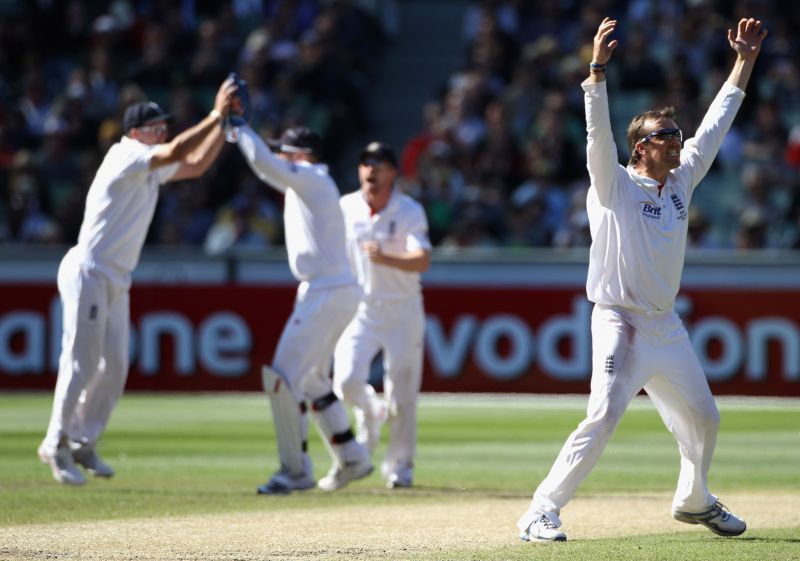
Graeme Swann pips his closest rivals Ashley Giles and Monty Panesar for the role of the sole spinner in the side.
Although Swann first played one-day cricket for England in 2000, he was a late bloomer in Tests - making his debut at the age of 29 against India in 2008. He retired in 2013 after barely five years at the top, but in that time he collected 255 wickets from 62 Tests with an average of 29.
Swann was a handy bowler with a classical action, who brought English spin to the fore for the first time since the days of Jim Laker and Derek Underwood. He was widely considered among the world's best in the five years he played.
Fast bowlers (Numbers 9, 10 and 11)
James Anderson
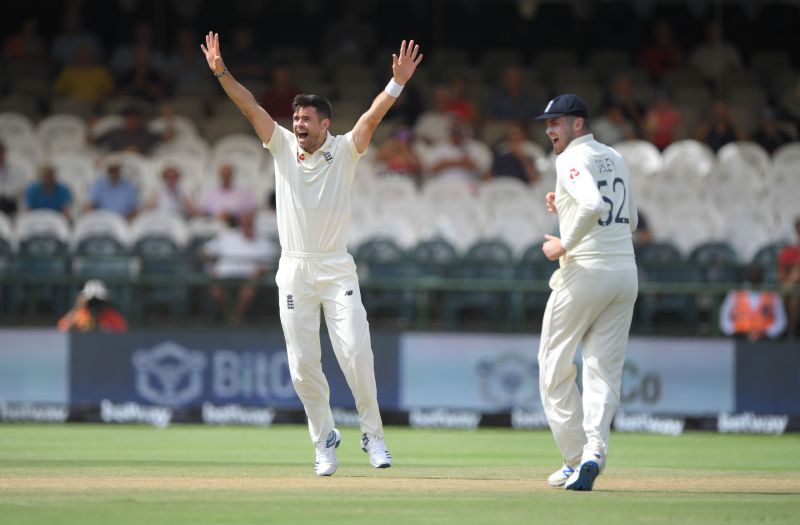
James Anderson, after whom the Lancashire County Cricket Club have already named an end at Old Trafford in Manchester, is a true England great.
One of the country's most famous new-ball operators, Anderson is fourth in the list of all-time leading wicket takers with 584 scalps to his name. He was also the first English bowler to take 500 Test wickets, eclipsing Sir Ian Botham's 383 with relative ease.
Anderson is one of the most skillful bowlers of this generation. He is someone who can get the ball to move both ways, doing equal damage to both left handers and right handers.
Anderson's famed opening bowling partnership with Stuart Broad has been extolled by cricket aficionados all across the world. The 37-year-old, although struggling with a host of injuries, still has a few years of cricket left in him.
Stuart Broad
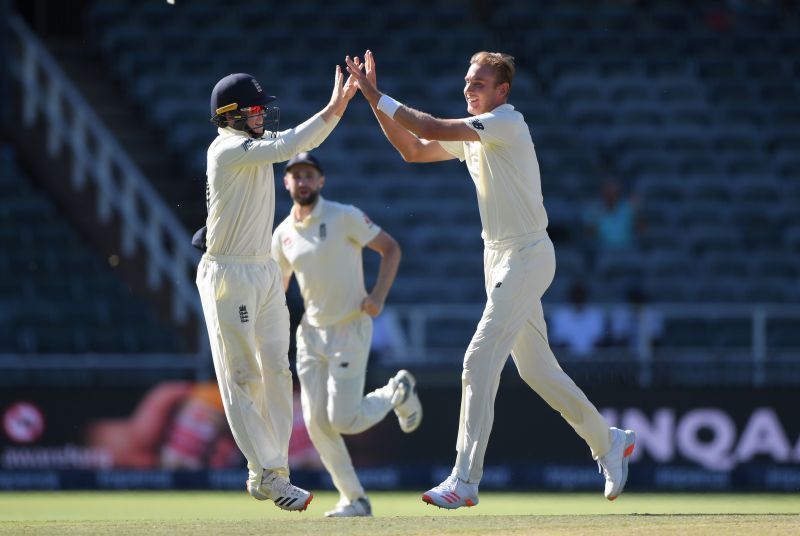
Stuart Broad is the kind of bowler who gets the job done without creating much of a fuss.
Once known as the bowler at the receiving end of Yuvraj Singh's six sixes, Broad has made a fantastic comeback since then to cement his place among the all-time greats. He has 485 wickets to his name from the 138 Tests he has played so far.
Broad's nagging accuracy has prevented batsmen from scoring freely against him. He is also a very good batsman down the order, having scored 3211 runs with one century and 12 half-centuries.
To this day Broad is one of the key pillars of the England team. Still only 33, Broad has quite a few years of cricket left in him; who knows, he may even overtake his close friend Anderson's tally by the time he retires.
Matthew Hoggard
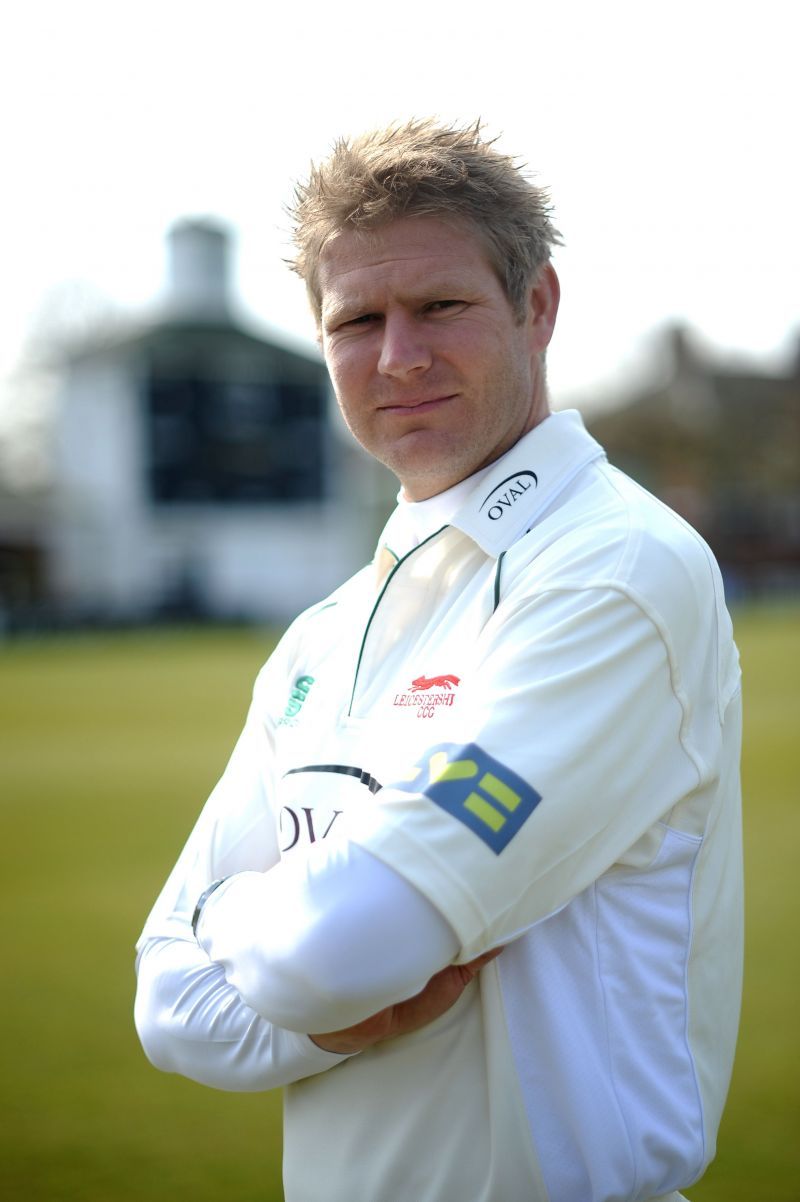
Matthew Hoggard earns the spot of the third seamer in this side, beating his close rivals Steve Harmison and Andy Caddick.
Hoggard took 243 Test wickets in the 67 games he played, slightly ahead of Harmison's 226 and Caddick's 234. Hoggard is also ninth in the list of the leading wicket-takers for England.
Having made his debut against the West Indies at Lord's in 2000, Hoggard played his last game in 2008 against New Zealand. His ability to move the ball away from the right-handers very late made him a feared proposition in international cricket.